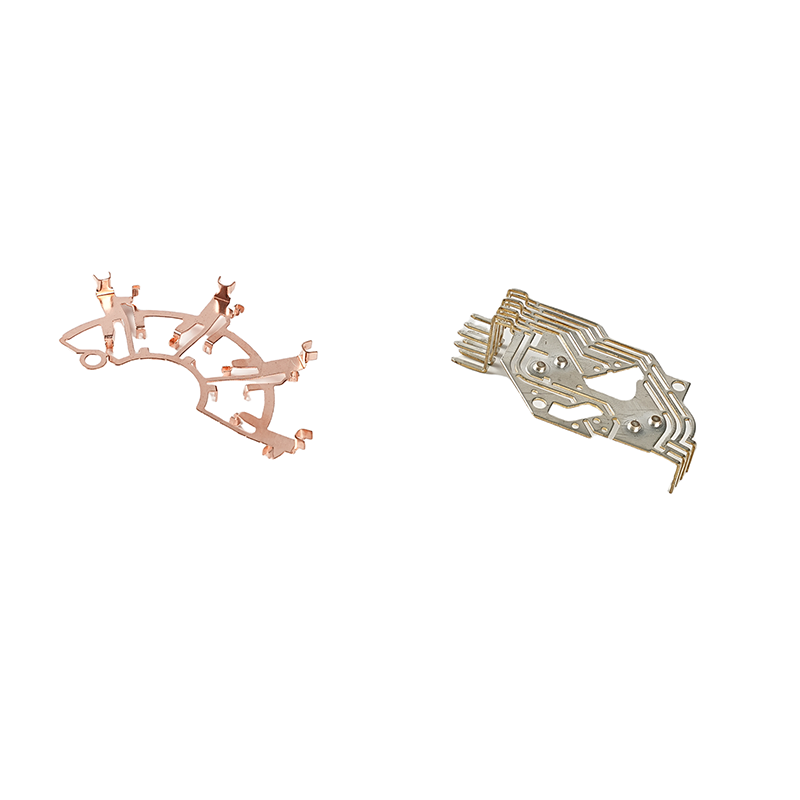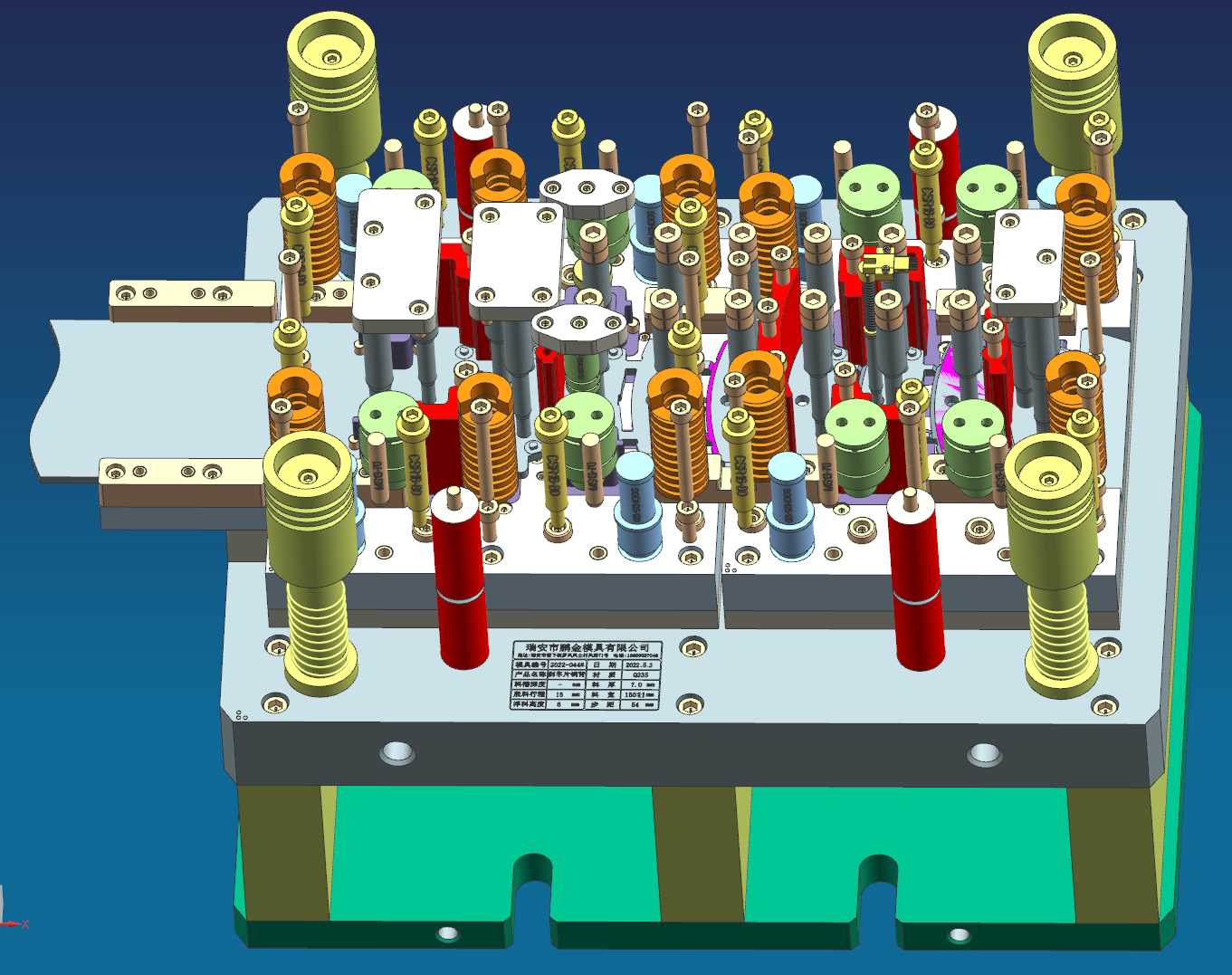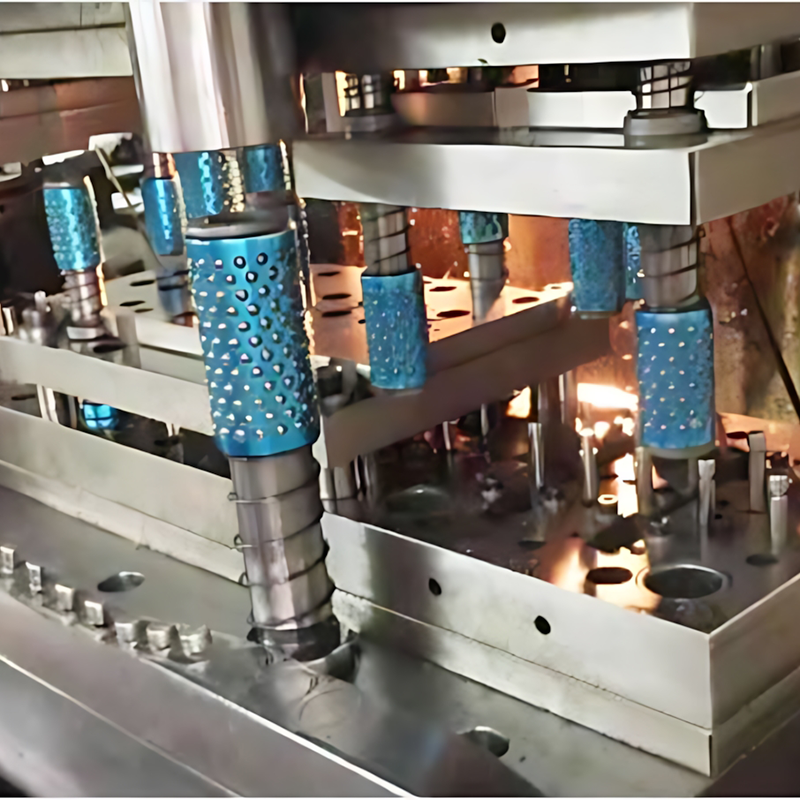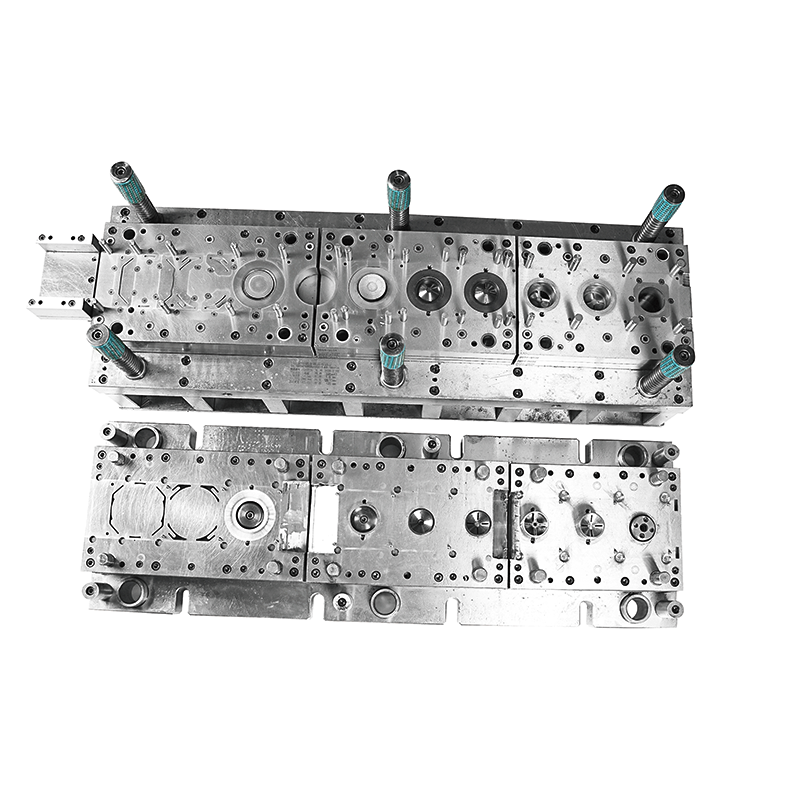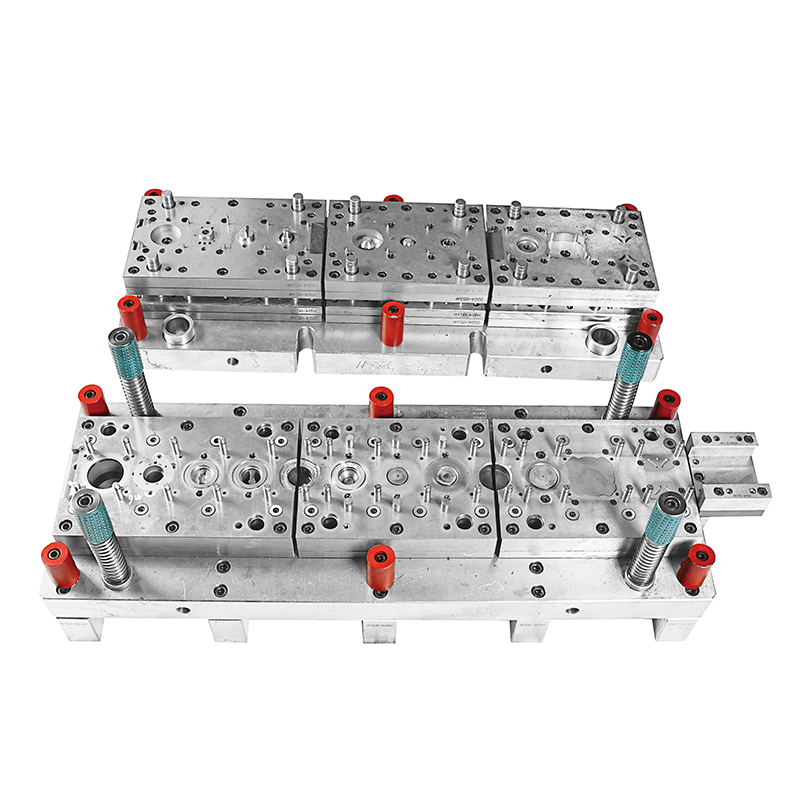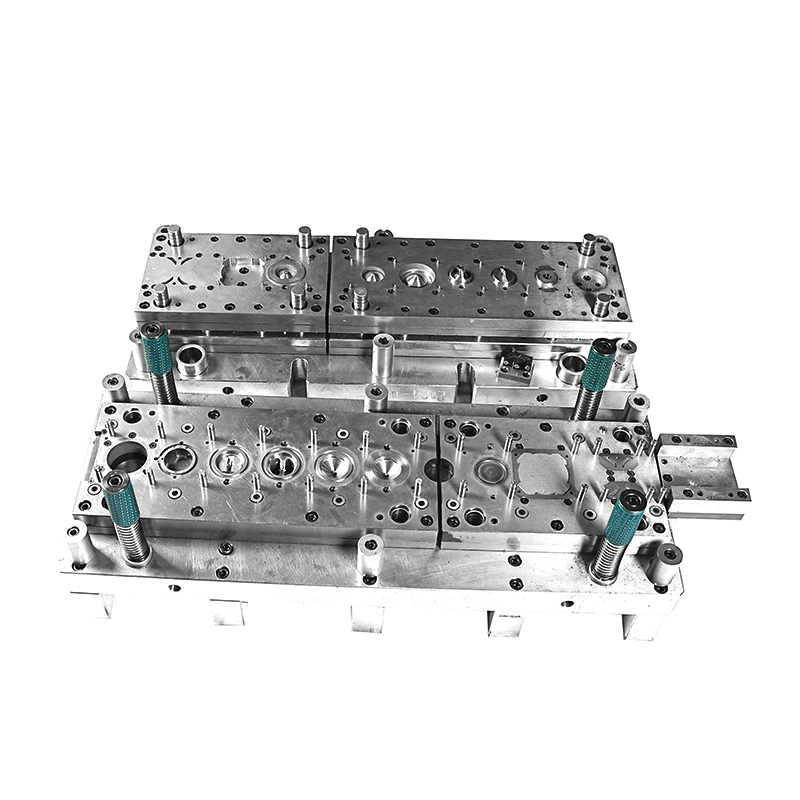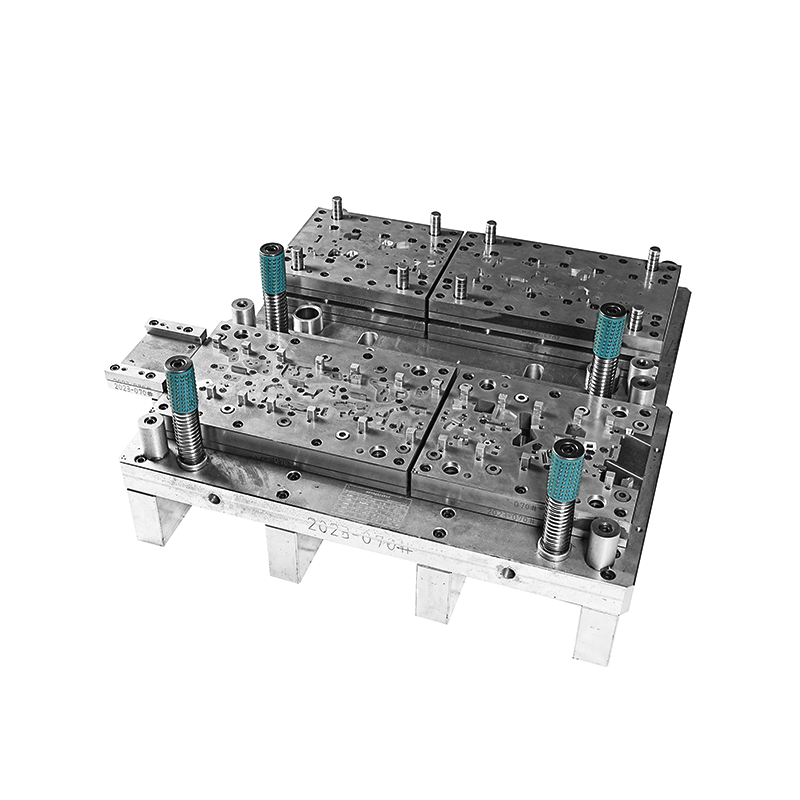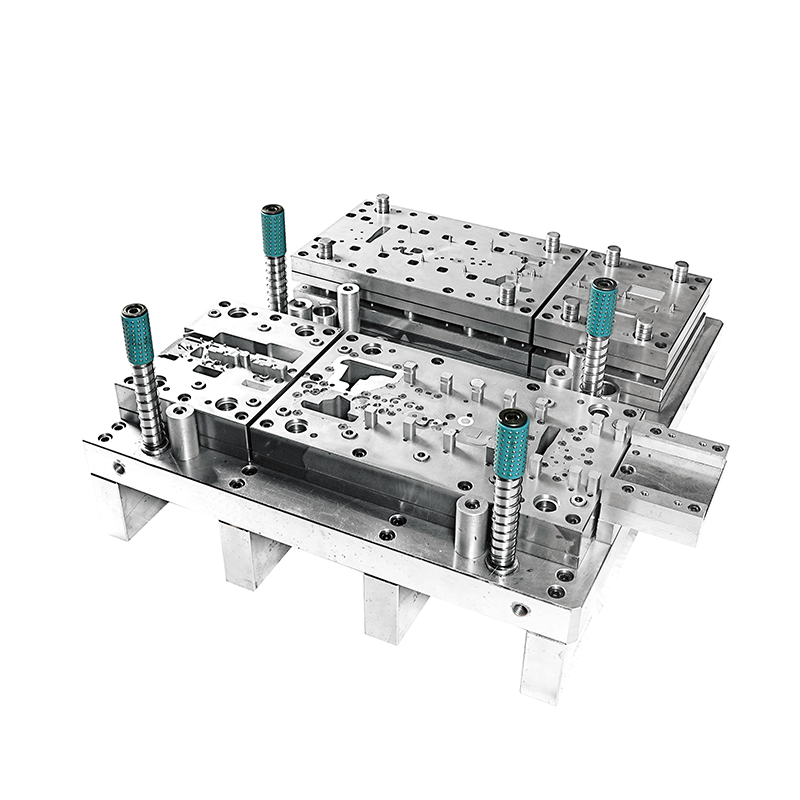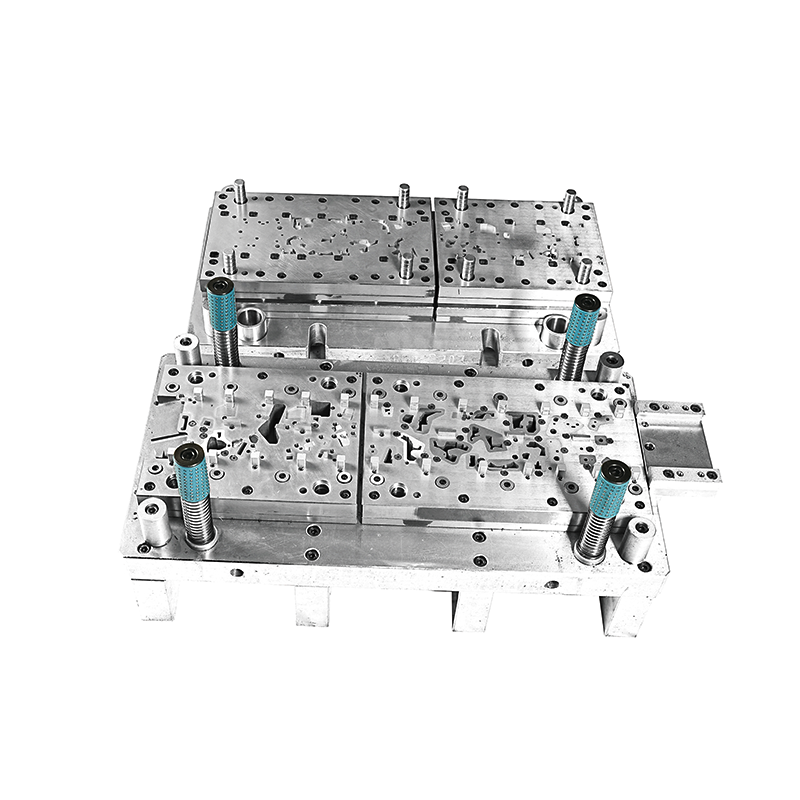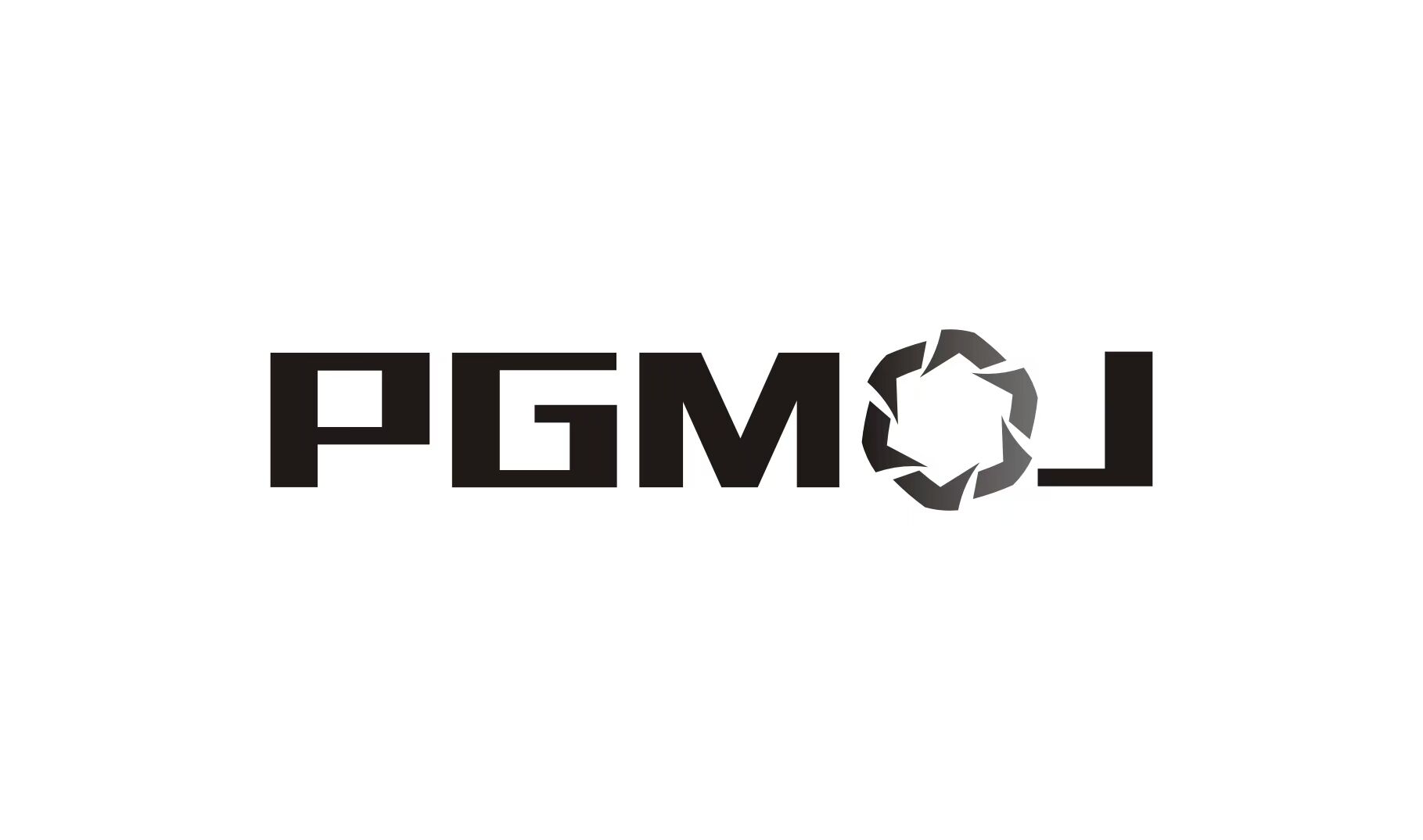Description
signal stamping parts refer to metal parts related to signal processing and transmission in electronic equipment manufactured by stamping process
Function: signal stamping parts play a vital role in electronic equipment. They can realize functions such as signal transmission, conversion, filtering, shielding, etc., ensure the accurate and stable transmission of various signals in electronic equipment, reduce signal interference and loss, and thus ensure the normal operation and stable performance of electronic equipment.
Material: signal stamping parts usually use metal materials with good electrical conductivity, thermal conductivity and certain strength. Common copper alloys, such as phosphor bronze and beryllium bronze, have excellent electrical conductivity and elasticity, and are suitable for manufacturing signal connectors and other parts with high requirements for electrical and mechanical properties. Stainless steel materials are often used in the manufacture of shielding covers and other parts that require long-term stable work and high environmental adaptability due to their good corrosion resistance and mechanical strength. In addition, aluminum alloy materials are also widely used in some signal stamping parts with weight requirements, such as antenna stamping parts of some portable electronic devices, due to their low density, light weight, and good electrical conductivity and thermal conductivity.
Manufacturing process: First, according to the design drawings of the signal parts, the selected metal sheets are cut into suitable blanks. Then, the blanks are placed in the stamping die and stamped under the pressure of the stamping machine. During the stamping process, different stamping processes such as punching, blanking, bending, and stretching are used according to the specific shape and requirements of the parts. For example, through the punching process, pin holes and mounting holes can be punched out on the connector housing; through the bending process, the flat material can be processed into a shielding cover or antenna structure with a specific shape; through the stretching process, a filter housing with a certain depth and shape can be manufactured. After stamping, the parts may need further processing, such as electroplating, welding, surface coating, etc.
Applications
Common types include: signal connector stamping parts, shielding cover stamping parts, antenna stamping parts, etc. Signal stamping parts are widely used in various electronic devices
FAQ
Q: Are you a factory or trading company?
A: We are a factory which has been producing metal stamping parts for more than 15 years.
Q: What are your main products?
A: we are a mould company mainly engaged in the development, design, manufacturing and sales of moulds, such as automotive parts, motorcycle parts, hardware parts, electrical parts and other mould production and product stamping ect.
Q: What is surface treatment do you have?
A: Dacromet, powder coating, zinc plating, nickel plating, tin plating, copper plating, silver plating, gold plating, anodizing, salt spray test, etc. As we focus on stamping tools and metal stamping parts, the surface treatment is done through suppliers.
Q: Can I get samples?
A: Yes, sample order can be used for quality inspection and market testing, and freight will be collected. If it is a simple sample, we will not charge; if it is an OEM/ODM sample, we will charge sample fees.
Q: What is the minimum order quantity?
A: When there is stock, the minimum order quantity is 1000 pieces.
Q: When is the delivery time?
A: The stamping die manufacturing cycle is 20-50 days, and standard stamping parts can be delivered 3 to 10 days after payment. If it is OEM or making molds, we will confirm the delivery time with you.
Q: What are your payment terms?
A: We recommend a 50% T/T deposit and the balance paid before shipment.sample cost.
Q: Do you accept OEM/ODM?
A: Yes. We have more than 15 years of OEM/ODM experience.

